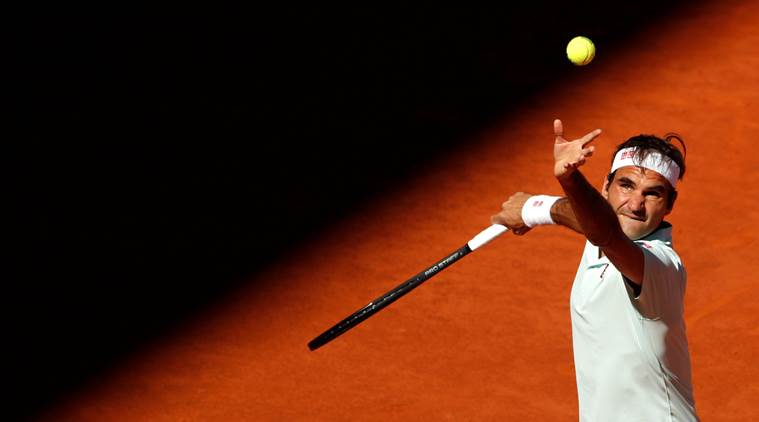Federer, who has won 11 clay court titles out of a total 101, further clarified: "I don't think my problem was clay, even though there were lots of people who said that clay wasn't my best surface… My problem, of course, was Rafa."
Roger Federer waited 11 years for that elusive French Open title, and then one more to make his feelings about the Grand Slam, the surface and its greatest exponent known.
“On clay you don’t need to have a volley. You almost don’t need to have a serve. All you need to have is legs, an incredible forehand and backhand and to run things down,” Federer told The Independent in 2010. “I’m not trying to take anything away from Rafa, because he’s an exception and he did everything on other surfaces as well, but I think you can get away with having problems with your game on clay more than you can on other surfaces.”
Federer, who has won 11 clay court titles out of a total 101, further clarified: “I don’t think my problem was clay, even though there were lots of people who said that clay wasn’t my best surface… My problem, of course, was Rafa.”
READ | Nadal and the science of sliding on clay
The 6-1, 6-3, 6-0 pasting in 2008 final remains Federer’s heaviest defeat in a 402-match Grand Slam career. The final in 2011, the pair’s last meeting at French Open, saw Federer at his most competitive with a 5-7, 6-7(3), 7-5, 1-6 scoreline.
Now, back at Roland Garros for a sixth date with Nadal, the 37-year-old goes into Friday’s semifinal an underdog with a 2-13 head-to-head record on clay. A French Open semifinal is where the heir apparent ran into a bullish 19-year-old in 2005, but a lot has changed since then. Firstly, since switching to a larger racquet in 2014, Federer drives through Nadal’s serve with topspin instead of slicing it back and kicking it up high. Federer has won the last six meetings, his last defeat coming on clay at 2013 Rome Open.
More ominously, Playing only his third clay tournament since 2016, Federer has returned to the surface not just physically, but tactically refreshed as well. While he would earlier be sucked into baseline slugfests, Federer has resorted to serve-and-volleying his way out of a tight situations since last month’s Madrid Open. In Wednesday’s quarterfinal Stanislas Wawrinka, Federer brought out the tactic against after conceding the second set. After Wawrinka levelled the match, Federer began advancing to disrupt his compatriot by charging the net whenever possible — after first serves, after second serves, after chipped backhands, after returns. Wawrinka remained stuck in the shadows at the back of the arena, ceding court position to Federer and nervously sailing returns over the baseline. In the first two sets, Federer won 8 net points out of 14. In the last two, he recorded 33 points in 46 attempts. Overall, Federer averages a 74 per cent success rate in net points.
Serve-and-volley is a relic of the bygone era. But Federer, a product of the pre-2001 slowed Wimbledon times, is using the tactic on clay, where the balls kick up higher and slower. While it might not work against tireless Nadal, another advantage of using serve-and-volleys on clay is that you tire out your opponent, who has to sprint forward or across the court to get to the angled volleys in the corners.
“I think it’s very satisfying. I love being at the net on clay. It’s nice to do the drop shot as well,” Federer said in a recent interview after giving pointers. “Don’t run to the net with no plan. Don’t hit the ball, look and run. You hit the ball and you run immediately. That is to gain that extra metre or two to get close to the net. because if you are close to the net you have an easier volley. When you are at the net, you have to be like a panther. You want to be hungry, you’re up there to win a point. and not thinking it’s a good idea to be at the net, but we’ll see what happens.”
Nadal’s retrieval and whippy ground-strokes may make Federer look like a fool for rushing in. But charging could also disrupt the baseliner, as it used to on grass. He may come out second best on Friday, but for the time being, Federer’s net antics have made orange the new green.
Source: Read Full Article


